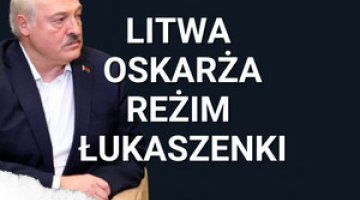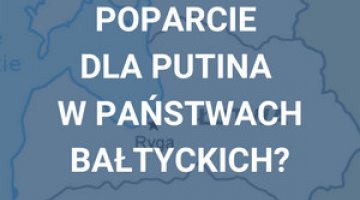Lithuania: Nausėda is favourite to win the run-off presidential election
On 2 May, Lithuania held the first round of the presidential election, in which none of the eight candidates obtained more than 50% of the vote. The run-off on 26 May will be between the incumbent Gitanas Nausėda, who won 44.10% of the vote in the first round, and Ingrida Šimonytė, the current Prime Minister, who got 19.86%. The turnout in the first round was 59.28%. Alongside the presidential election, the country held a referendum on amending Article 12 of the Constitution to allow Lithuanians to hold dual citizenship. Although 73.94% of those who took part in it were in favour of this change, the article will not be amended, because they accounted for less than half of all eligible voters. 58.96% of voters participated in the referendum on dual citizenship.
Commentary
- The high election turnout is related to the head of state’s special authority in Lithuanian society. According to the constitution, the president represents the country on the international stage and has the right to conduct foreign policy together with the government. The result of the first round indicates that overall the voters opted for candidates who guarantee stability. Despite numerous media appearances and meetings, the election campaign did not spur a political debate on matters which are truly relevant to ordinary citizens. The issues that are important for the Lithuanian people, such as the announcement that universal conscription will be reinstated, were discussed alongside niche topics concerning the evaluation of historical events and figures. However, there was no in-depth discussion about the dramatic state of health care, insufficient social assistance for the poorest, or the soaring energy prices.
- The incumbent president is the favourite to win the run-off. Nausėda has the opportunity to capture the votes of those who supported most of his rivals in the first round. This is mainly the anti-system electorate made up of those who oppose the current government, which has been constantly at odds with the president. Nausėda can also count on continued political support from the Social Democrats, the most popular party in the country, which did not field its own candidate in the election. The president will continue to emphasise the needs of the poorest and the fight against social exclusion in his campaign. His economically leftist and ideologically conservative programme appeals most strongly to those who live in the Lithuanian countryside. Šimonytė, for her part, will continue to represent the right-wing and liberal electorate, and will woo her supporters among residents of larger cities.
- The failure of the referendum on dual citizenship sends a negative signal to those Lithuanian expatriates who want to keep their ties with the country. They expected to see a change in the provision that forces them to give up their Lithuanian citizenship when they acquire the citizenship of another country; around 1000 people do so every year. Since 11 March 1990, when the Supreme Council of the Lithuanian Soviet Socialist Republic passed the Act of the Re-establishment of the State of Lithuania, the country has lost more than 20% of its population as a result of several waves of emigration. Due to negative demographic trends, the number of Lithuanians acquiring citizenship by birth has also been shrinking. Even though the referendum was linked to the presidential election, which typically sees a higher turnout, the requirements for approving changes related to citizenship are still difficult to meet: a similar attempt back in 2019 also failed.
Chart. The candidates in the presidential election and the percentage of votes they received in the first round (preliminary results)

Source: The Central Electoral Commission of the Republic of Lithuania, vrk.lt.




